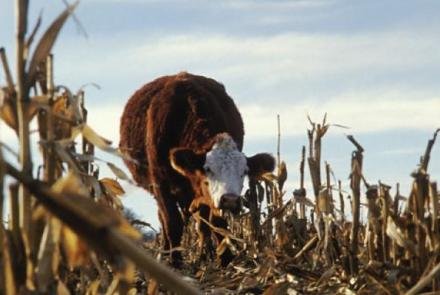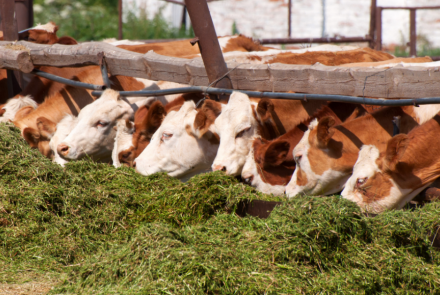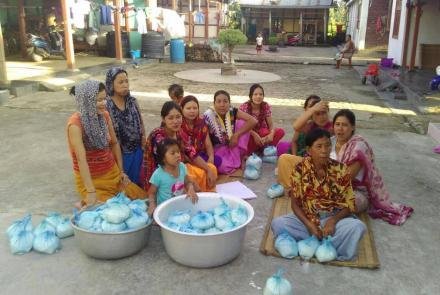Malaria transmission risk in India
The malaria endemic problem is major concern in the 14 States and Union Territories. The malaria endemic has been severe threaten to the people of highland areas of north eastern states and the eight other states in India, especially in the North-eastern states (Assam, Arunachal Pradesh, Manipur, Meghalaya, Nagaland), Orissa, Chhattisgarh, West Bengal, Rajasthan, Gujarat, Jharkhand, Karnataka, Madhya Pradesh, Uttar Pradesh, Haryana, Maharashtra, Tamil Nadu and Andhra Pradesh. Remote sensing and GIS have been widely used to research works in the developing countries like India where the malaria challenge was the greatest. The study of land use / land cover, climate determinants, the landscape ecology of mosquito breeding habitats and the malaria endemics in different parts of the world including India for the past 40 years (Bhattacharya S, et al., 2006, Dale PE et a., 1998, Hay SI, et al., 1998). Remote sensing and GIS has essentially important role in studying the climate, landscape and the ecological determinants of malaria transmission with reference to space and time (Palaniyandi M, 2012, Liu J and Chen XP, 2006, Ceccato PS, et al., 2005, Sharma VP, et al., 1996, Wood BL et al., 1991 and 1992). The results obtained from the study were provided the information for gaining a better understanding of the spatial distribution of malaria parasitic disease transmission with site specifications at different time points.

The significant studies were made to attribute the spatial relationship between the Land use / land cover changes, geoclimate variables, and the malaria disease transmission (Mushinzimana ES, et al., 2006, Leonardo LR, et al., 2005, Rogers DJ, et al, 2000, Craig, M.H. et al. 1999, Hay SI, et al, 1998, Lindsay SW and Birley MH, 1996, Akhtar R. and Mc Michael AJ, 1996). The specific aquatic habitats with a particular plant communities support malaria vector mosquito breeding habitats (Thomson MC et al., 1996, Wood BL et al., 1991 and 1992). The Normalized Difference Vegetation Index (NDVI) values (-1 and +1) derived from the Multispectral Landsat TM satellite data (Liu J and Chen XP 2006) and, the Indian remote sensing of IRS LISS I and LISS II data were used to analyze the areas of suitability for malaria mosquitoes vector breeding habitats (Palaniyandi M, et al, 2012, Sharma VP et al, 1996). The remote sensing and GIS highbred techniques could provide the relevant surrogate information relating to the spatial variation of the climate variables, the malaria mosquito breeding habitats (Bouma M, et al, 1995, Tyagi BK, et al., 1995, and Wood BL, et al, 1991 and 1992) and the malaria transmission risk. The present study was designed for exploring the use of remote sensing and GIS techniques for mapping malaria transmission risk in India.
Resource : M Palaniyandi
Relate Website : mycoordinates.org






